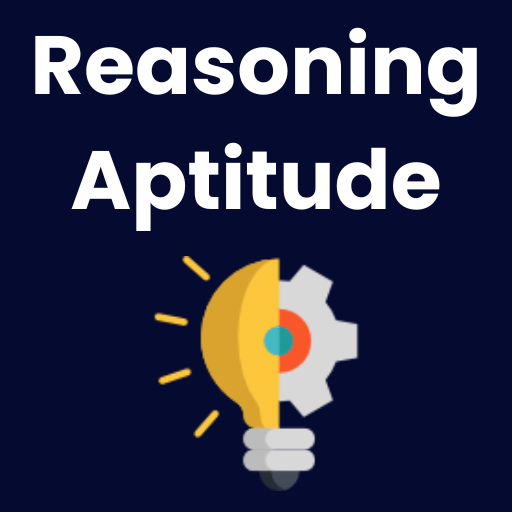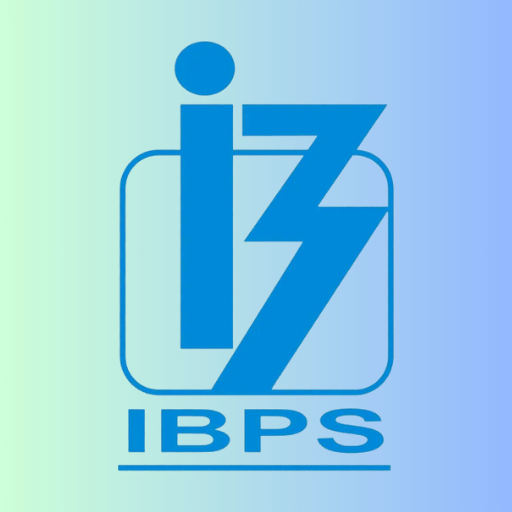Best Study Material for Class 5 Exam
Class 5 Exam > Class 5 Notes > Be an Explorer 5: Book Solutions, Notes & Worksheets > Chapter Notes: Government in India
Government in India Chapter Notes | Be an Explorer 5: Book Solutions, Notes & Worksheets - Class 5 PDF Download
Introduction
- India has a democratic government, which means it's a government by the people, for the people, and of the people.
- Citizens above 18 years have the right to vote and choose their representatives.
Elections in India
- Conducted by the Election Commission of India.
- Political parties like BJP, Indian National Congress, and CPI participate.
- Citizens vote to elect representatives at the central (Lok Sabha) and state levels.
The President of India
- Head of the country and Commander-in-chief of armed forces.
- Elected by members of Lok Sabha, Rajya Sabha, and State legislative assemblies for a 5-year term.
- Official residence is Rashtrapati Bhavan in New Delhi.
Parliament of India
- Supreme law-making body.
- Consists of the President, Lok Sabha, and Rajya Sabha.
Lok Sabha
- Also called the House of the People.
- Members directly elected by the people for a 5-year term.
- Divided into constituencies; one Member of Parliament (MP) elected from each.
- Maximum strength is 552 members; present strength is 545.
- Speaker conducts proceedings.
Rajya Sabha
- Upper House, also known as the Council of States.
- Members indirectly elected by the people.
- Maximum strength is 250; present strength is 245.
- Members serve a 6-year term, with one-third retiring every two years.
- Vice-President is the Chairman.
State Legislature
- Each state has its government.
- State Legislature is the highest law-making body.
- Some states have two houses (bicameral), others have one house (unicameral).
- Equivalent of Lok Sabha is Vidhan Sabha; Rajya Sabha is Vidhan Parishad.
Casting of Vote
During elections, citizens cast votes to choose their representatives.
Executive
- Responsible for implementing laws.
- Central Executive consists of President, Prime Minister, and Council of Ministers.
- State Executive consists of Governor, Chief Minister, and Council of Ministers.
 |
Download the notes
Chapter Notes: Government in India
|
Download as PDF |
Download as PDF
Prime Minister
- Head of the government.
- Appointed by the President, leader of the majority party in Lok Sabha.
- Forms a team of ministers to assist in running the government.
Governor
- Head of the state, appointed by the President.
- Appoints Chief Minister and Council of Ministers in the state.
Judiciary
- Third organ of the government.
- Ensures justice, protects rights, and resolves disputes.
- Supreme Court is the highest judicial body, headed by the Chief Justice of India.
- High Courts and lower courts exist at state and district levels.
Conclusion
India's government has three branches: Legislature, Executive, and Judiciary, working independently to ensure a balanced and just system.
The document Government in India Chapter Notes | Be an Explorer 5: Book Solutions, Notes & Worksheets - Class 5 is a part of the Class 5 Course Be an Explorer 5: Book Solutions, Notes & Worksheets.
All you need of Class 5 at this link: Class 5
FAQs on Government in India Chapter Notes - Be an Explorer 5: Book Solutions, Notes & Worksheets - Class 5
| 1. What is the structure of the government in India? |  |
| 2. What are the roles and responsibilities of the President of India? |  |
Ans. The President of India is the head of state and has both ceremonial and executive powers. Some of the key roles and responsibilities of the President include appointing the Prime Minister and other members of the Council of Ministers, summoning and proroguing sessions of Parliament, giving assent to bills passed by Parliament, and representing India in international relations. The President also has the power to grant pardons, commute sentences, and confer awards and honors.
| 3. How are members of the Lok Sabha (House of the People) elected? |  |
Ans. Members of the Lok Sabha are elected through a system of universal adult suffrage, where every citizen above the age of 18 has the right to vote. The country is divided into constituencies, and each constituency elects one representative. The election process is conducted by the Election Commission of India, and candidates from various political parties or as independent candidates can contest the elections. The candidate who receives the highest number of votes in a constituency is declared the winner and becomes a Member of Parliament (MP).
| 4. What is the role of the Supreme Court in India? |  |
Ans. The Supreme Court of India is the highest judicial authority in the country and has the power of judicial review. Its main role is to interpret the Constitution and ensure its enforcement. The Supreme Court has original jurisdiction in certain cases and also acts as an appellate court, hearing appeals from lower courts and tribunals. It has the power to strike down laws that are unconstitutional and safeguard the fundamental rights of citizens.
| 5. How does the central government interact with the state governments in India? |  |
Ans. The central government and state governments in India share powers and responsibilities through a system of cooperative federalism. The central government has powers to make laws on subjects listed in the Union List, while the state governments have powers on subjects listed in the State List. Both levels of government can make laws on subjects listed in the Concurrent List. The central government provides financial assistance to the states and coordinates with them on matters of national importance. Regular meetings, consultations, and coordination between the central and state governments ensure effective governance and decision-making.
Related Searches

































